Few people know that, from the first seeds sown here more than three decades ago, a silent revolution has blossomed, making Vietnam the country with the fastest growing forest plantation in the world. At the center of that journey is a scientist who has spent his life pursuing forests, he has turned barren hills into a lasting green canopy. That is Professor - Doctor Le Dinh Kha.

Professor Dr. Le Dinh Kha was awarded the State Prize for hybrid acacia in 2000. Photo: Bao Thang.
The first seeds
Born in the poor land of Central Vietnam, the boy Kha lost his mother early in the 1940s. He herded buffaloes during the day and studied at night under kerosene lamps, his papers had to be soaked in lime water to prevent them from fading. From those difficult years, a simple belief sprouted in him. If a barren land could be revived, people could also sow knowledge to change their homeland.
That path began when he went to Hanoi to study at the University of Agriculture and Forestry, and was then retained to teach. In 1963, he was sent by the Ministry of Agriculture to the Soviet Union to do research in Plant Genetics, the first Vietnamese to enter that seemingly distant field, but it was the foundation that helped the forestry industry later find its direction.
Returning to Vietnam, he taught at the Forestry University. At that time, Vietnam's forests were severely devastated, with bare hills covering the Central and Northern regions. Native species such as ironwood, teak, and oil took decades to grow into large timber, while imported trees such as acacia and eucalyptus grew quickly but were difficult to adapt, susceptible to pests and diseases, and had poor quality wood.
While many countries have tried to crossbreed Acacia trees since the 1970s without success, Professor Le Dinh Kha chose a different path: starting from genetics. He did not crossbreed randomly, did not wait for nature to bestow, but identified each pair of parents, monitored the reproductive compatibility between Acacia mangium and Acacia auriculiformis , and then selected the offspring with superior hybrid advantages.
At a time when Vietnam was still poor and had no modern equipment, he and his colleagues had to make their own growth measuring tools, incubate and cut cuttings themselves in a small laboratory in Ba Vi. He often told his students: "Without a cold room, we can still preserve genes with our love for forest trees."
From thousands of hybrid combinations, his team selected the first hybrid acacia lines - BV10, BV16, BV32... with productivity twice as high as pure acacia, straight trunk, good wood, tolerant to acidic soil and drought. In 1990, the first acacia forests were planted in the Central region, after only 5 years, it created a turning point for the whole industry, opening the era of planted forests in Vietnam.
While the predecessors had to abandon their research halfway because they could not control the hybrid generation, Vietnam succeeded thanks to the combination of genetic knowledge and field experience. From a wood importer, Vietnam has risen to become the world’s fifth largest exporter of wood products. In each board, each bale of wood chips today, there is the mark of that silent “sower”.
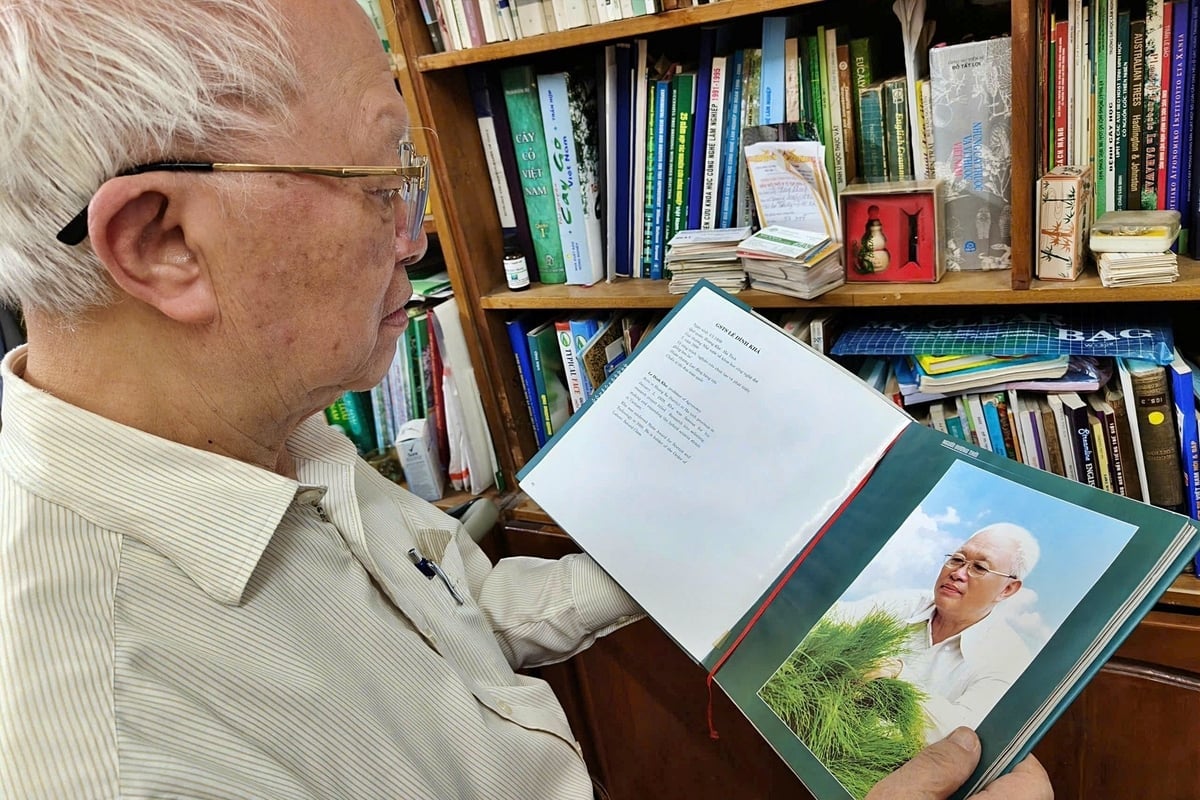
Professor Le Dinh Kha treasures every souvenir from his half-century of working in forestry. Photo: Bao Thang.
From the memory of the earth to the knowledge of tomorrow
The work of selecting forest tree varieties is a journey of patience. Each result must wait at least 10-15 years to be verified. Many tree species that Professor Kha initiated in the 1980s, such as hybrid acacia, hybrid eucalyptus, Caribbean pine, tall pine, tall pine... did not flower and bear fruit until the beginning of the 21st century.
He often said: “Forest trees also have memories. We sow today, but they will answer a generation later.” Therefore, in his experiments, there is no room for haste. He considered each seed as a living being carrying the memory of the land, of people, and of time.
In the 1990s, when the world began to talk a lot about biotechnology, he continued to pioneer the introduction of tissue culture and asexual propagation into Vietnamese forestry trees. He founded the Forest Tree Breeding Research Center, then the Forest Product Breeding Improvement and Development Institute. Hundreds of young engineers and researchers were mentored by him, many of whom later became leading experts in the field of breeding and genetic resource conservation.
For more than half a century, Professor Kha has not only sown trees but also sown knowledge. He has written more than 15 books, 180 scientific articles, and built the first textbook on “Genetics and selection of forest trees” for Vietnam. At the age of 80, he still reads and edits each line of documents, and still worries because “if the tree varieties are not stable, the forest cannot be sustainable”.
He received many medals and awards, from the Second Class Labor Medal, the State Prize for Science and Technology, to Certificates of Merit from international organizations such as IUFRO, CSIRO, ACIAR. But for him, the greatest reward is seeing the barren hills of the past turn green again. Every rainy season, when he returns to Ba Vi, he often stands still, watching the acacia forest cast its shadow, and then whispers: "The trees have grown, the land has revived".

The decision to be sent to the Soviet Union for postgraduate study is still kept by Professor Le Dinh Kha. Photo: Bao Thang.
Those who worked with him said that, despite his old age, he still kept the habit of checking each experimental plot, meticulously recording every small change in the plants. He once told his students: “The hardest thing for a scientist is to keep faith during the years of waiting. But when a seed sprouts, I understand that patience is also a form of love.”
In a narrative poem written in 2006, he summarized his life in simple sentences: “I have traveled to many places in the world/I have lived a life of glory/I have climbed to the top of Rung Rinh mountain/I have sought a warm home in a straw nest”. That is not only a confession of a lifetime, but also his way of looking at science: simple yet resilient.
Nowadays, when Vietnam discusses forest carbon, emission reduction or green economy, people still mention Professor Kha as a symbol of the first seeding period, when science did not have spacious laboratories, but there were people who believed in the power of knowledge and patriotism.
He once said: “Planting forests is not for timber, but to repay the debt to the land. When the land revives, people also revive.” And perhaps, that is why the forests he planted are not just forests of trees, but forests of memories, forests of knowledge, forests of faith.
Having witnessed many changes in the history of the forestry industry, Professor Le Dinh Kha is the image of the entire Vietnamese forestry industry: patient, persistent and aspirational for self-reliance. From a forest base dependent on nature, Vietnam has proactively selected, propagated and created its own genetic resources. The “Vietnamese hybrid acacia forests” are not only the result of technology, but also a symbol of the will and mettle of the Vietnamese people in science.
And from the mist of Ba Vi every morning, it seems like there is still a small figure, working hard beside the trees, like a tireless sower, sowing seeds for the land, for people, and for the green future of the country.
On the occasion of the 80th anniversary of Agriculture and Environment Day and the 1st Patriotic Emulation Congress, the Ministry of Agriculture and Environment will organize a series of events from July to December 2025. The focus will be on the 80th anniversary of the Agriculture and Environment sector and the 1st Patriotic Emulation Congress, held on the morning of November 12, 2025 at the National Convention Center (Hanoi) with more than 1,200 delegates attending. Agriculture and Environment Newspaper will broadcast this event live.
Source: https://nongnghiepmoitruong.vn/gsts-le-dinh-kha--cha-de-cua-cay-keo-lai-giua-mua-dat-khat-d780769.html








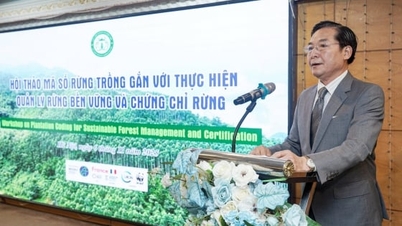

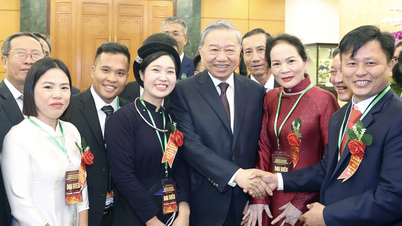

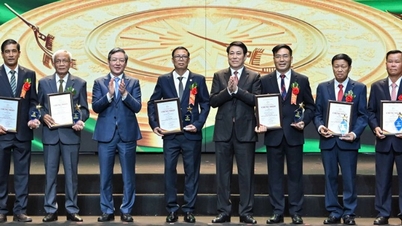

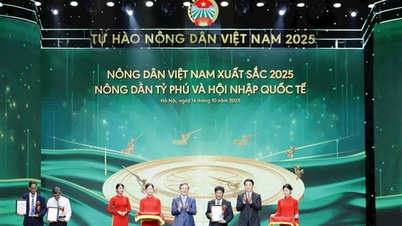

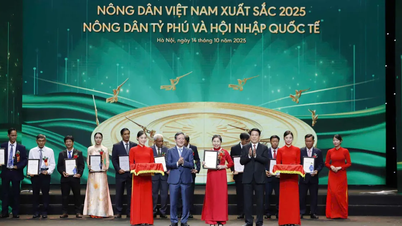

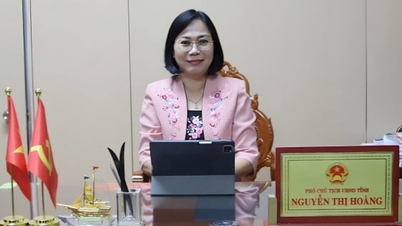
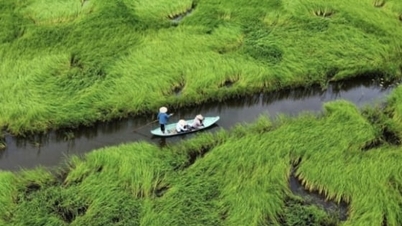



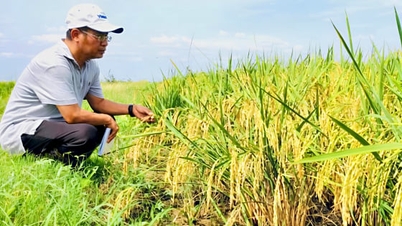




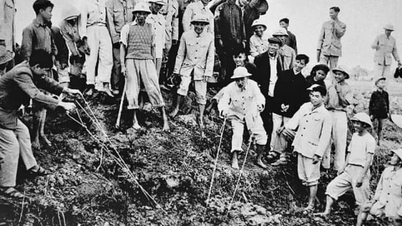


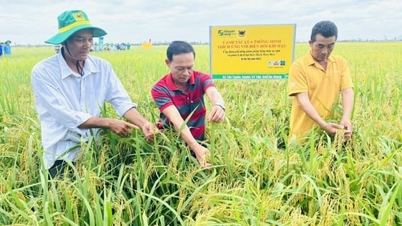
![Dong Nai OCOP transition: [Part 2] Opening new distribution channel](https://vphoto.vietnam.vn/thumb/402x226/vietnam/resource/IMAGE/2025/11/09/1762655780766_4613-anh-1_20240803100041-nongnghiep-154608.jpeg)
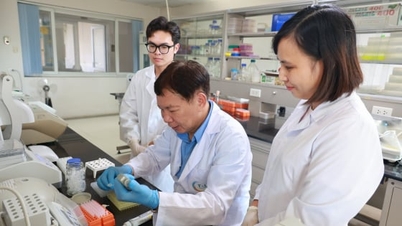














































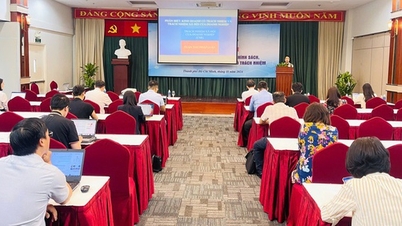



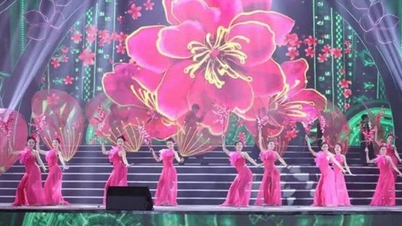
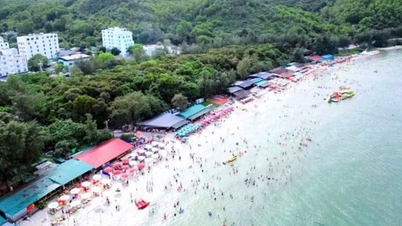

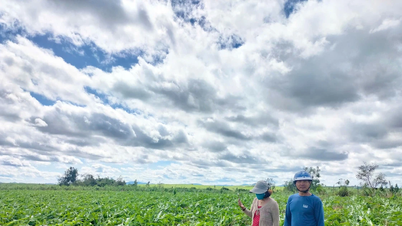








![Dong Nai OCOP transition: [Article 3] Linking tourism with OCOP product consumption](https://vphoto.vietnam.vn/thumb/402x226/vietnam/resource/IMAGE/2025/11/10/1762739199309_1324-2740-7_n-162543_981.jpeg)











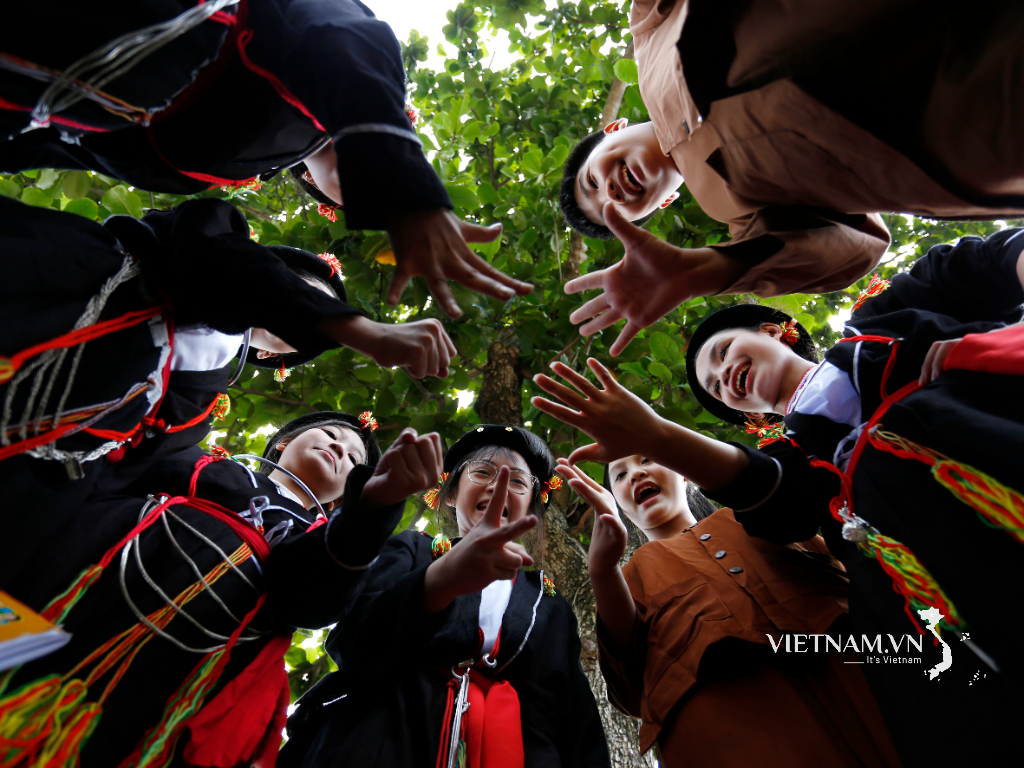
Comment (0)